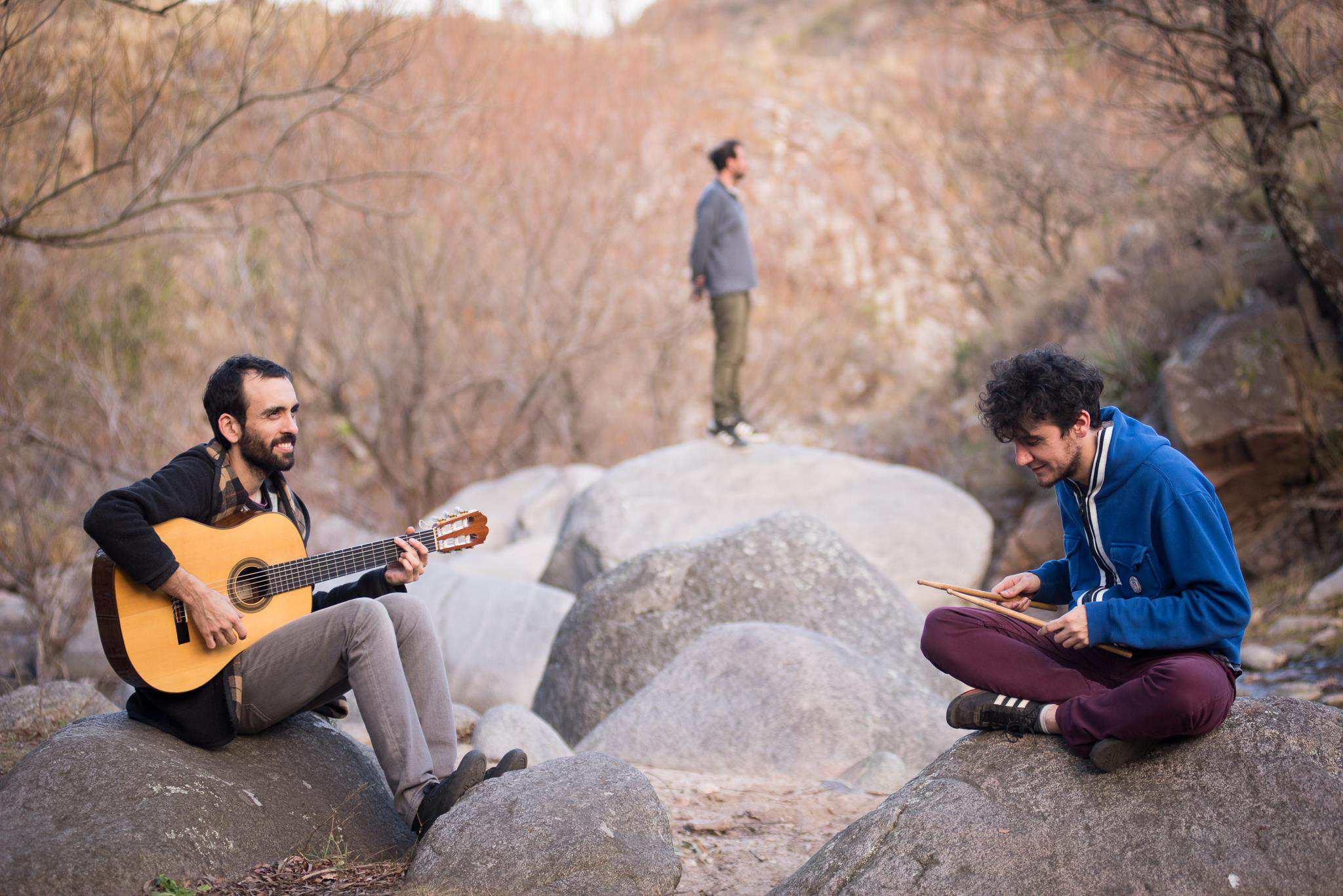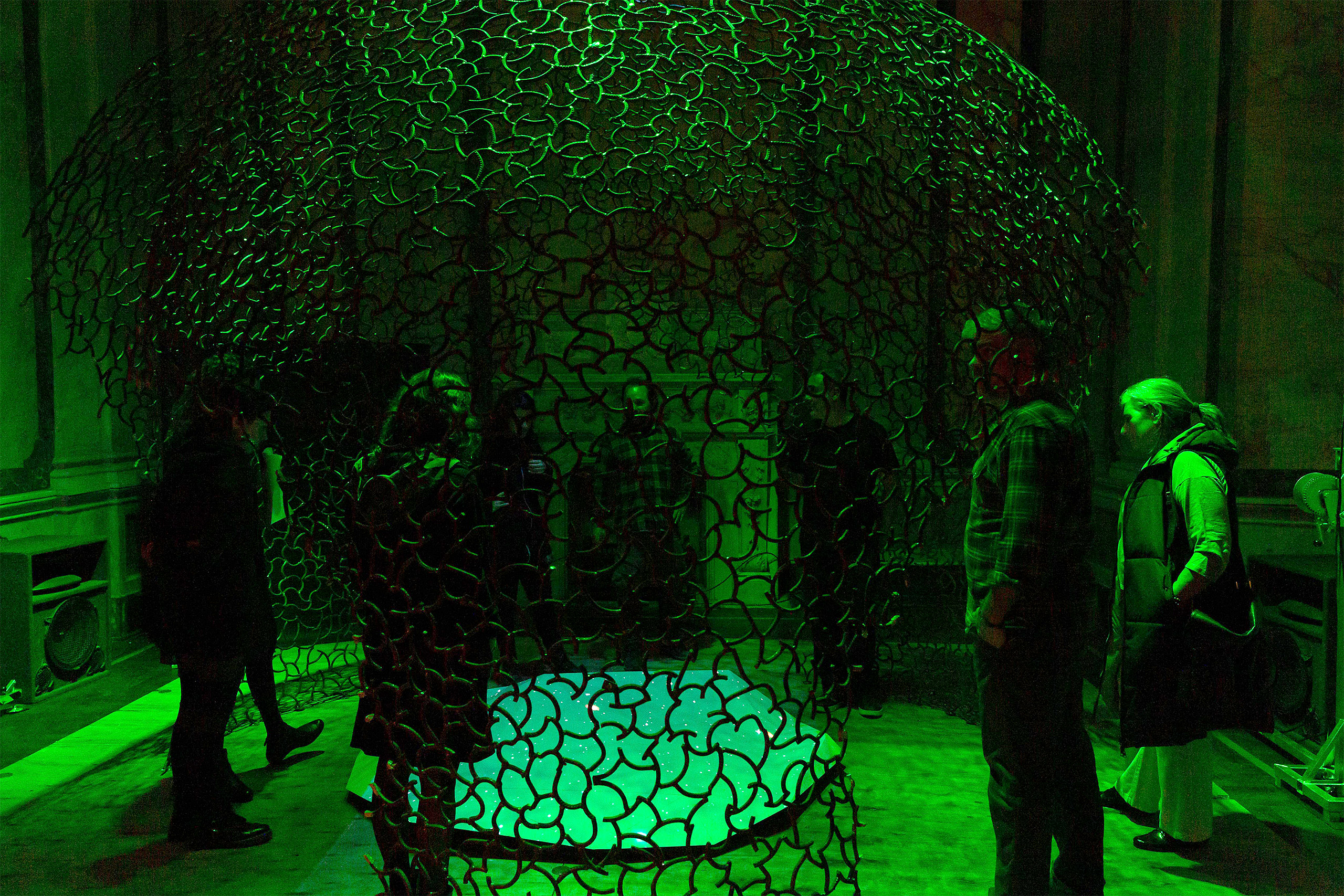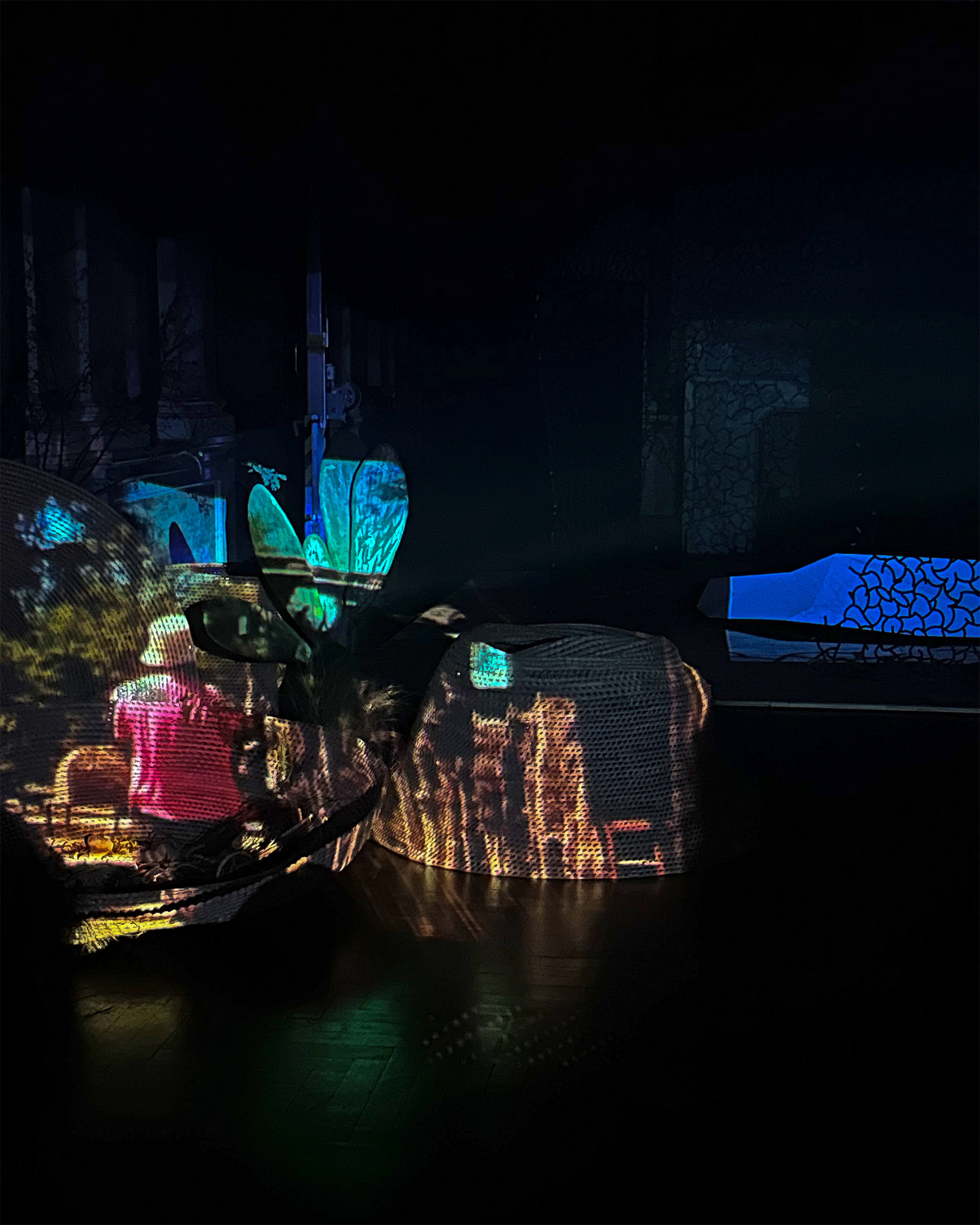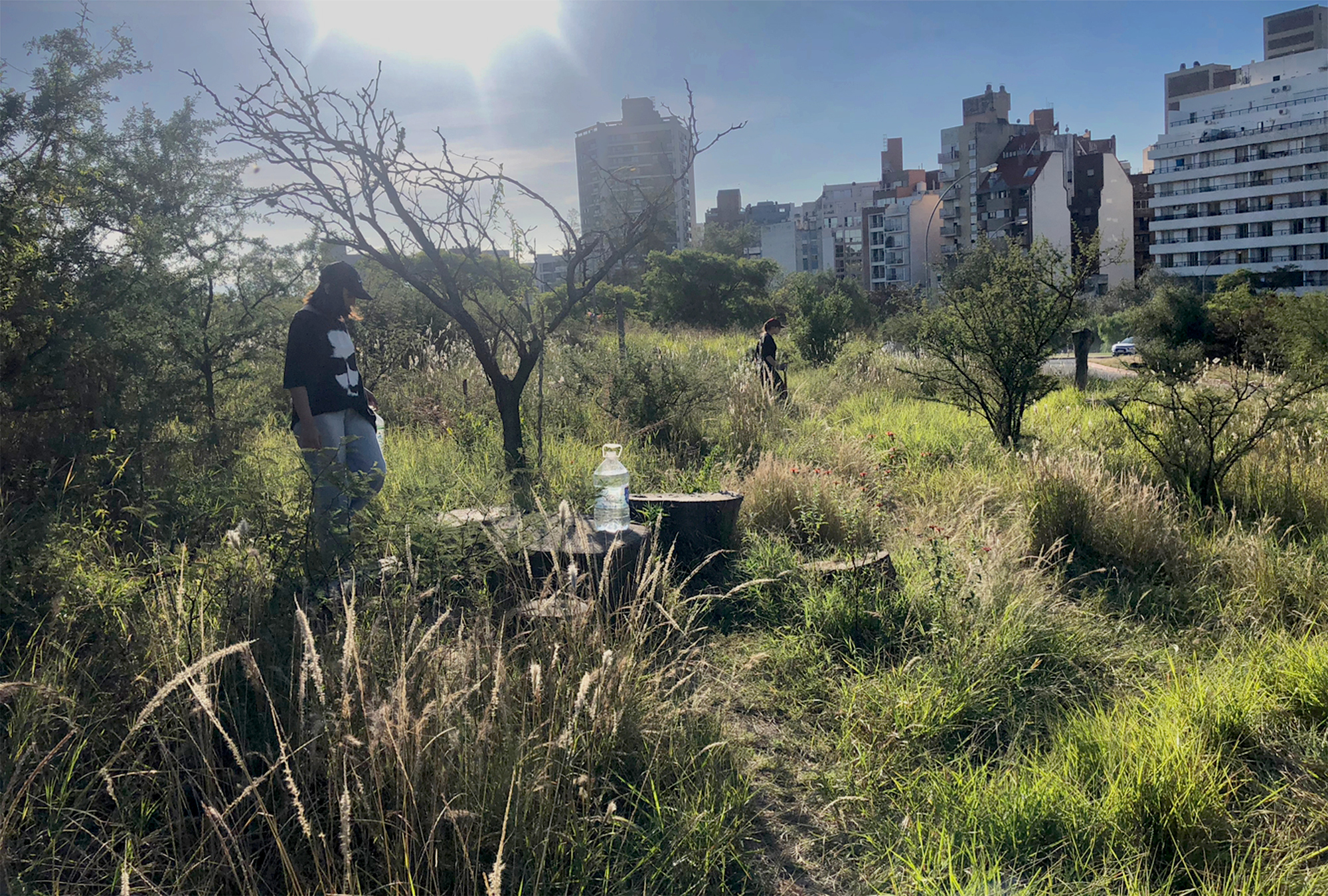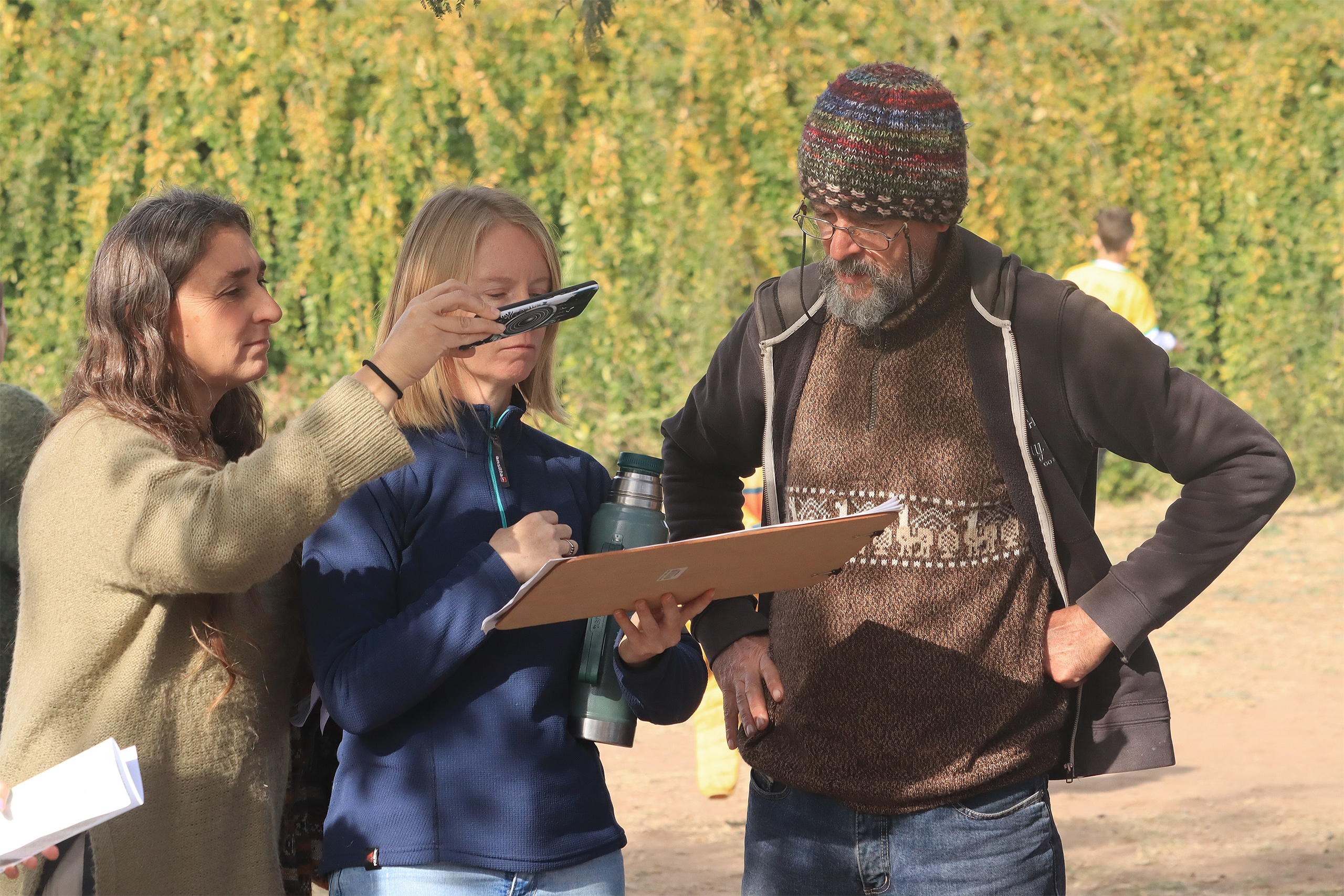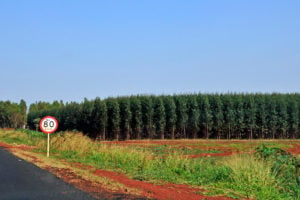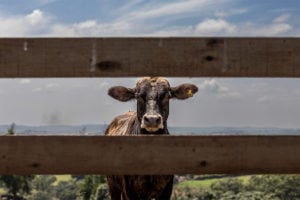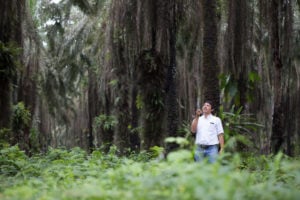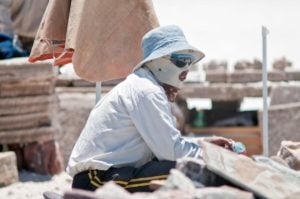In a bar in the city of Córdoba, a hundred people are chanting the names of native plant species found in the provincial forests, to the rhythm of ska music. People dance along to the music, though it describes something rather bleak: the loss of more than 10 million hectares of forest.
At the beginning of the 20th century, the native forest of Córdoba – the second most populous province in Argentina – covered 12 million hectares, but is now estimated to occupy some 594,000 hectares. Less than 5% of the forest has been well conserved, with causes of its drastic disappearance ranging from the advance of the agricultural frontier to urban encroachment, devastating fires and the spread of invasive plant species.
Since 2009, Argentina’s Forest Law has required provinces to generate native forest land-use plans every five years, to establish the uses to which forests can be put and the conservation value of different areas. But the province of Córdoba – whose own provincial law on forests dates back to 2010 – is still awaiting its first update.
Through access to real-time satellite images, academics have carried out monitoring to ascertain the current state of Córdoba’s native forests. However, this information has not been enough to help promote their protection, says Sara Boccolini, a researcher at the National Council for Scientific and Technical Research (CONICET).
Boccolini says this store of satellite images is available “for anyone who knows how to use them”. In order for such work to better inform decision-making, she adds that there is a need to improve land-use planning and knowledge of the criteria used by the province to determine conservation categories.
It is not just experts that are calling for better protections. The concert in the city, an immersive experience of light and sound, is an example of the citizen action that is keeping the preservation of Córdoba’s native forest on the agenda. Across the city, other initiatives are also fighting for the cause, including projects to create urban forest on degraded lands, and a grassroots group that reforests pathways.
Sing for the trees
In a courtyard that meets the native forest in Agua de Oro, a town at the foot of the Sierras Chicas mountain range, 44 kilometres north of Córdoba, Juan Pablo “Juanpaio” Toch and his bandmates sat improvising lyrics based on what they could see: a diversity of plants.
The result was “Plantas”, the song that Toch, the Córdoba-based band formed by Juanpaio, Andrés Toch and Martín Ellena, have been playing since 2022. It stirs up audiences, who dance and sing along, recognising and repeating the names of the different species that are its focus.
“We kept surprising ourselves, when the song came up it was just naming plants and that’s all,” says Juanpaio, bassist and vocalist of the band. “As it reached the people, we discovered the immense power of those words.”
Like most of Toch’s songs, “Plantas” describes a landscape. It lists 43 species that inhabit the Sierras Chicas, 32 of which are native to the mountain forest ecoregion typical of the Córdoba bush. Among those that are named are: the chañar, a small deciduous tree; the algarrobo (or carob) tree; and spiny, fruit-bearing mistol trees. The white mouth dayflower, known locally as the Santa Lucía flower, whose blue petals dot the mountains from September to March each year, also features.
The song begins with a flavour of huayno, a central Andean rhythm popular in the north-west of Argentina, before the beat drops and a bandoneon – the accordion-like instrument typical of a tango – accelerates the tempo, driving the song into a high-energy ska. Wind instruments also join in, and the whole band start to play.
“They’re just names [of plants], but they awaken something in everyone: a memory… a grandmother, or some knowledge of the bush and the use of plants,” says Juanpaio. “There is also something visual: the image of green, yellow. The colours are there.”
Art connects people and nature
Back in Córdoba, close to the bar where people dance and sing by night, Jimena Nores is waiting in the city’s Botanical Museum for the first batch of primary school students who will enter Biodiversa, an immersive experience recreating a walk through the bush using lights and sounds. It’s another activity that promotes native plants, and allows city dwellers to get to know their region’s ecosystem.
“From the museum and with the team, we had to talk about the native forest and show it, show the problems, the diversity and all its components,” says Nores, a researcher at the Multidisciplinary Institute of Plant Biology (IMBIV) and general producer of the exhibition. “As a scientific institution that produces knowledge, we also have the responsibility take this issue to the public.”
Through a multisensory immersive experience, Nores’ team, made up of artists and scientists from different institutions, recreated the rivers, vegetation and fauna of the forest. Using voices and images, they also bring a sense of human presence to the experience, not only to recognise the people who inhabit these places, but also to reflect on human actions such as deforestation and real estate development that are often responsible for the loss of biodiversity in this landscape.
“We talk about the bush because [its destruction] is an environmental problem in our region of which it is important to raise awareness,” says Silvana Montecchiesi, the museum’s illustrator and a member of Biodiversa’s production and curation team. She adds that an aim of the experience was to “seek citizen action” on mitigating bush loss.
The team says the idea was to showcase the diversity of the forest that has persevered despite the profound problems affecting it, to convey the message that there is still much that can be done to protect this place.
“We didn’t want to approach the subject from a strong and harsh point of view and come out demoralised, but to come out wanting to do something about it all – showing biodiversity, not only of plants, but of microorganisms, flora, fauna and landscapes,” says Nores. The exhibition, held between 6 and 29 June 2023 at the Botanical Museum, attracted more than 5,000 people of all ages. Many who missed out were left wanting to see it, say the organisers, which is why they are working to repeat the experience in 2024. They also hope to take it to different parts of the city in future, and dream of a touring exhibition that will travel around Argentina.
Restoration and learning
While Biodiversa was a temporary exhibition, other initiatives focused on Córdoba’s forests run year-round. Some have now been present for a long time, such as Ramona, an open-air classroom at the National University of Córdoba. A space among trees, bushes, grass and insects, it is a native forest ecosystem in an urban landscape within university grounds.
The space was renamed this year in honour of Ramona Bustamante, an activist from Córdoba who stood up to private sector companies that had cleared her land for the expansion of agriculture. She died at the age of 95 in 2021, and spent much of her later life defending the forest that, though disappeared, lives on in the memory of the people of Córdoba.
The university’s Ramona is part of a project established in 2009 by researchers, scholarship holders and students of its school of physical and natural sciences that seeks to restore native forests in a degraded landscape of the city.
“Before there was a city, there was a forest, so the city has transformed the space,” says Pablo Goldner, a doctoral fellow and member of the working group of the project. He explains that the city’s buildings were built on the natural landscape of the forest, so the restoration process they are proposing tries to simulate a space similar to the original forest, as reflected in the project’s name, “El bosque nativo vuelve” – the native forest returns.
“This bush in the city is different from other urban green spaces, like a square or a park, where you have an open visual space,” explains Goldner, who researches environmental processes in public spaces to improve urban planning. “You can catch a whole square or a whole park in your field of vision, see from one end to the other, but here, you don’t have that feeling.”
The project has incorporated between 800 and 1,000 species of trees, shrubs, herbaceous plants, vines and succulents, and has trained over 100 students in conservation ecology, citizen participation and care for the environment through the university’s student social commitment programme. This seeks to involve students in projects that link the university with society’s problems, such as the preservation of bodies of water or awareness of wildlife trafficking, among other issues.
“Part of the work is to offer the people we interact with a different view of the forest, one that is not so romantic,” Goldner says. “We don’t see [this space] as something untouchable but as something that is also inhabited, that somehow the forest needs people who understand that you can live in the forest, with the forest and that we are actually dependent on it.”
Beyond the city
In the north-west of Cordoba there is an old road, a dirt path that during colonial times made its way through dense vegetation to connect the capital of the Viceroyalty of Peru, today the city of Lima, with the Río de La Plata in Argentina. In some of these stretches, the postas, adobe buildings located every 10 or 15 kilometres that served as resting places for messengers, royal officials, merchants and travellers, are still standing. This is also where horses were exchanged to continue the journey.
Some of the original vegetation has also survived, and on the roads that cross the province of Córdoba, for example, carob trees are still standing. This is what is happening in the town of Sinsacate, in the centre-north of the province, where a group of residents have placed the names of different native species identified on the side of the colonial road. The aim is to encourage care and conservation.
Having noted that it is a popular walking route, “we did a survey of native plant species and put up signs with their names to identify them,” explains Ana Carolina García, a member of Forestando Sinsacate, a group which works to address local environmental issues. “Then we saw that people stopped to read the signs.”
García, who works in livestock farming, observed that though she is an agronomist by trade, it was through her own experience of – and proximity to – the landscape that she acquired the knowledge that helped her understand and work with the bush. “Because of my work in livestock farming, I did a lot of walking in the bush, and that’s when I started to do my own research through books to find out more about native species,” she says.
Forestando Sinsacate’s main work is in species identification and conducting educational activities on caring for the forest. They collaborate with schools and work both in the classroom and the forest. “With the children, we visit sites and they like it because there are a lot of plant species there,” says García. “One of the activities is to tell them about a tree and show them, for example, what its leaf looks like so they can get to know and then draw it so they can keep a record of it.”
All these activities make visible an ecosystem that is facing an emergency, and what their creators describe as a lack of official efforts around forests and their management. They are projects in artistic, academic and educational spaces, and in the streets of the city, all motivated by collective organisation, and characterised by a deep commitment amongst their members to share knowledge about the forest – because it is only possible to take care of what is known.
